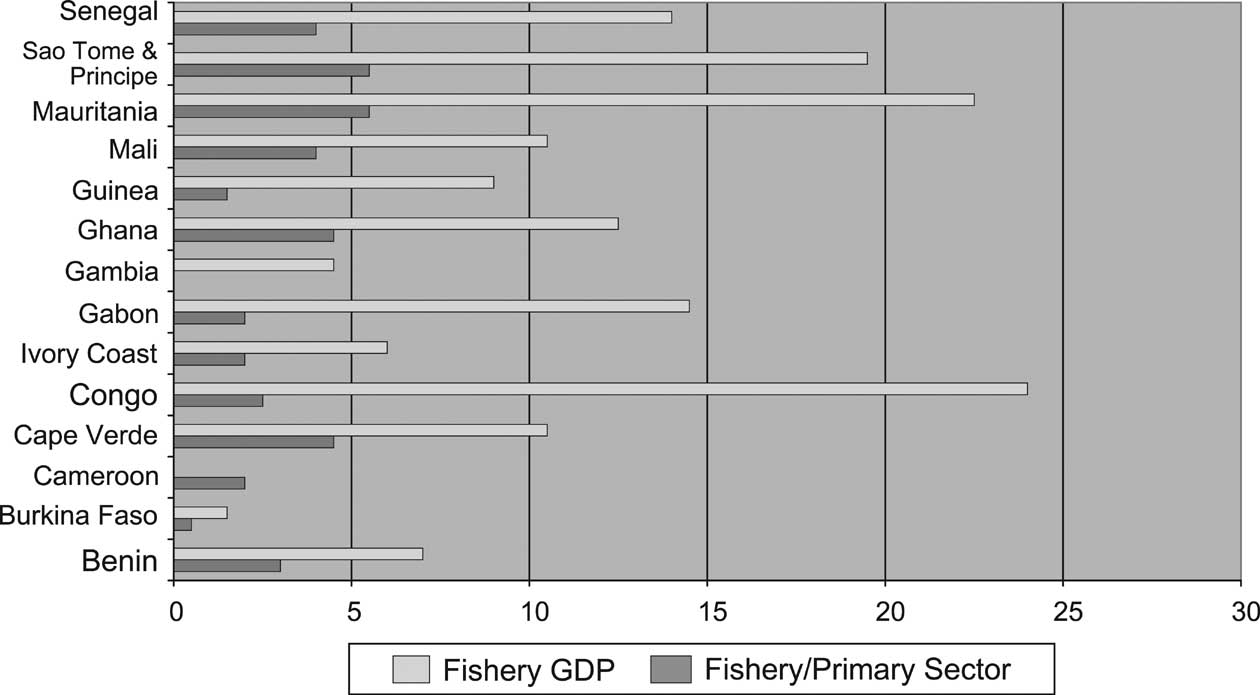
Figure 4-3. Contribution of fisheries to the GDP of selected West and Central African countries. Source: FAO, 2006b.
| Previous | Return to table of contents | Search Reports | Next |
| « Back to weltagrarbericht.de | ||
Food Systems and Agricultural Products and Services towards 2050 | 89
Future implications to development and sustainability goals. Although a feasibility study including food and fuel tradeoffs is needed, the emerging opportunities for biofuel production in the region may be an avenue toward economic development in sub-Saharan Africa. The range of new value addition and agricultural activities created in the production, processing, transport and storage of residues and energy dedicated crops will also increase non-farm economic opportunities (Sebitosi and Pillay, 2005). With the accompanying investment in infrastructure and potential opportunities for local ownership of the conversion industry, options for poverty reduction may improve. Different development pathways are viable in attempting
to achieve the various visions for sub-Saharan Africa
bioenergy. The future will largely be dictated by the desire
to integrate sustainable agriculture concerns, social development
objectives and climate and global environmental
change objectives with bioenergy expansion (ICSU, 2006). |
energy services that meet economic, social and environmental
needs within the overall developmental context of the
society in the region. Fisheries diversity. Projected fish species loss for 13 SSA rivers including the Senegal (52% loss) and Okavango (20% loss) are due primarily to climate change and water withdrawals (Xenopoulos et al., 2005; IPCC, 2007). Freshwater taxa are projected to suffer more from land use changes and invasive species than from climate change. In rivers with reduced discharge, up to 75% of local fish biodiversity will be extinct by 2070. Capture fisheries will continue to provide the bulk of fish food in Africa for many decades. Hence, SSA will experience increasing pressure on capture fish especially in the large fresh water systems such as Lake Victoria (UNEP, 2006b). Aquaculture will play an increasing role in food security in Africa as small-scale integrated systems provide additional employment for growing rural populations (WorldFish Center, 2005). In periurban areas small-scale enterprises will increase to meet urban demands for higher quality fish products. |

| Previous | Return to table of contents | Search Reports | Next |
| « Back to weltagrarbericht.de | ||